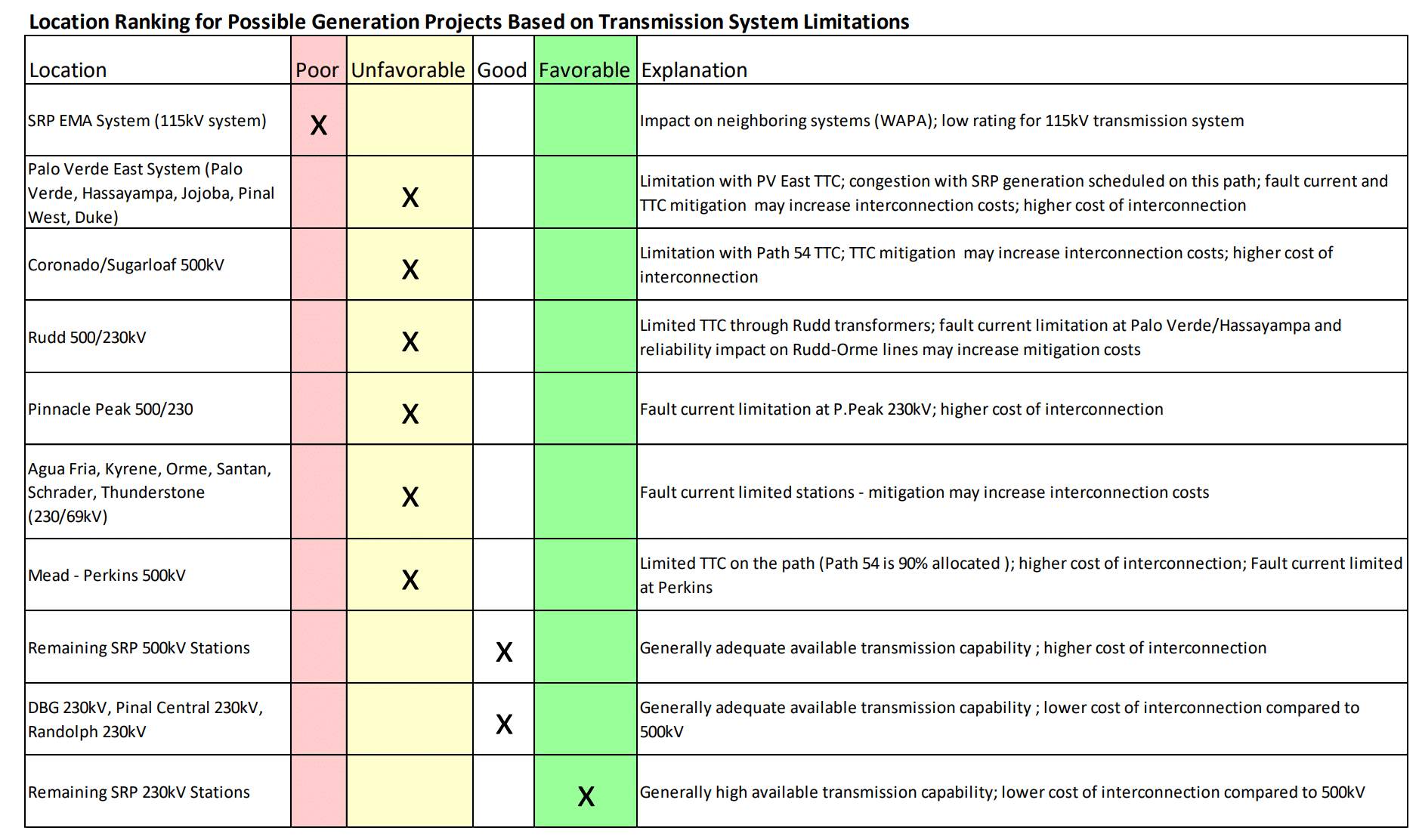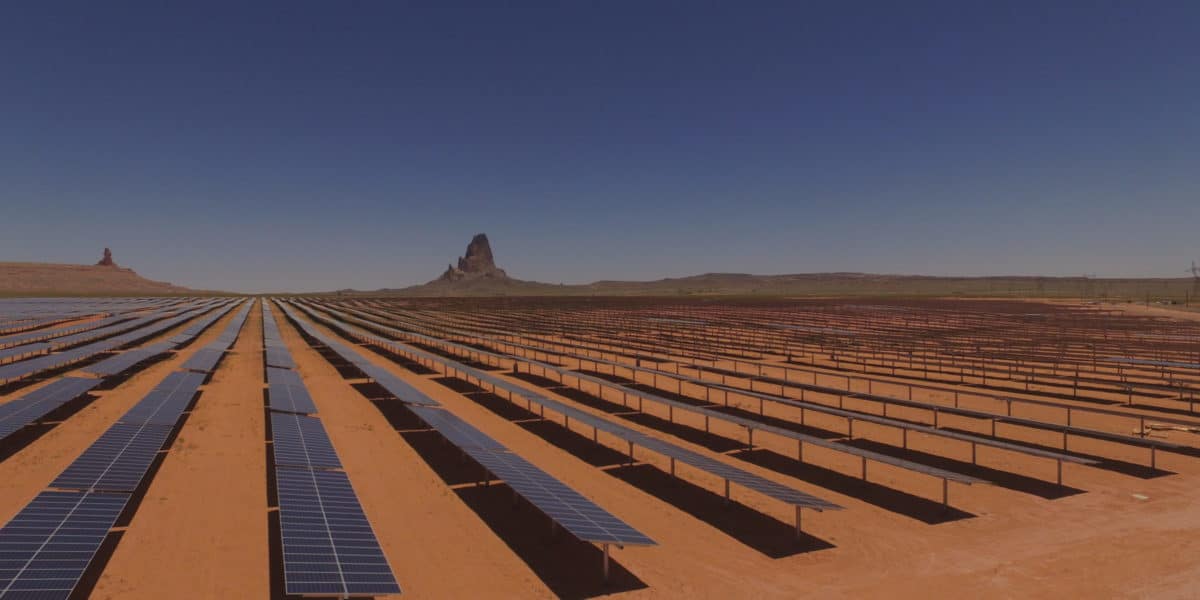Arizona electric utility Salt River Project (SRP) has launched a request for proposals for 400 MWac of solar power in 100 or 200 MW project increments. The utility aims for 200 MW of the capacity to be sited on native Navajo land.
The projects must be online by December 31, 2023, although the utility would take delivery of the electricity as soon as June 1, 2022. Bid proposals are due on May 4, 2020.
The registration page for the RFP hosts the full terms of the procurement.
The utility is seeking a 25-year power purchase agreement with a flat rate of electricity and no escalator. Responses must include:
- Transmission/distribution interconnection and access
- Project location, as well as evidence and relative strength of site control
- Evidence that any necessary permits or authorizations will be obtained in sufficient time to meet the desired operation date
- Technical specifications and system performance characteristics
- Operational experience with the proposed technology
- Projected societal and economic benefits to the community (specific to Navajo Nation proposals)
Interconnection work, including partially completed transmission studies, will be accepted to assist in proving that the projects can deliver power to SRP’s transmission network. SRP provided analysis of local transmission viability as part of the RFP documentation, and linked to the group’s ten-year transmission plan to help guide developers in siting. Projects on Navajo land will deliver power via the Navajo Southern Transmission System.

SRP has been active in its renewable energy procurement plans and has a goal of reducing its carbon dioxide emissions by more than 60% by 2035, and by 90% by 2050.
The utility recently announced the Sonoran Energy Center, a 250 MW/1 GWh lithium-ion battery energy storage project, located in Little Rainbow Valley, south of Buckeye. In November of 2018, the Arizona water and power cooperative announced plans to increase its utility-scale solar power to 1 GW of capacity by 2025.
Daybreak Power has received a “preliminary permit” for a proposed 2,200-megawatt hydroelectric energy storage facility, the Navajo Energy Storage Station, which would also be located on native land. The firm hasn’t deployed any projects yet, but notes a second pumped hydroelectric project under development on its website.
Daybreak and other firms are maneuvering to build facilities to replace the 2,250 MW coal-powered Navajo Generating Station, which was closed in November of 2019. The 38-year-old facility was the second-largest coal plant west of the Mississippi and a major job provider for the Navajo nation. Tribal elders have announced a concerted effort to shift a portion of the local economy toward building renewable energy resources to make up for some of the 500 jobs that were lost.
In the summer of 2018, SRP completed a 20-MW solar plus 10-MW/40-MWh energy storage power plant that was developed by NextEra with modules from First Solar, trackers from NEXTracker, and batteries from Tesla.
This content is protected by copyright and may not be reused. If you want to cooperate with us and would like to reuse some of our content, please contact: editors@pv-magazine.com.













The old NGS coal fired station is on about 1,500 acres of land. The grid connections are in place, all that’s needed is (something) to generate power to put on these connections. Solar PV would do the trick and the land will be available when the plant is (deconstructed).
I believe the Sonoran Energy Center is the prime opportunity to shift the paradigm of generation vs energy storage. 250MW of solar PV should have 4 times the energy storage 4GWh. The Palo Verde Nuclear plant is nearby and could use the energy storage to run at its most efficient generation point 24/7. In arid Arizona it is way past time to start to look forward to energy storage without using water resources such as in some of the proposed “closed system pumped hydro storage” proposed in Arizona. See the FERC 14859 proposal for the Big Chino Valley Pumped Storage Project.